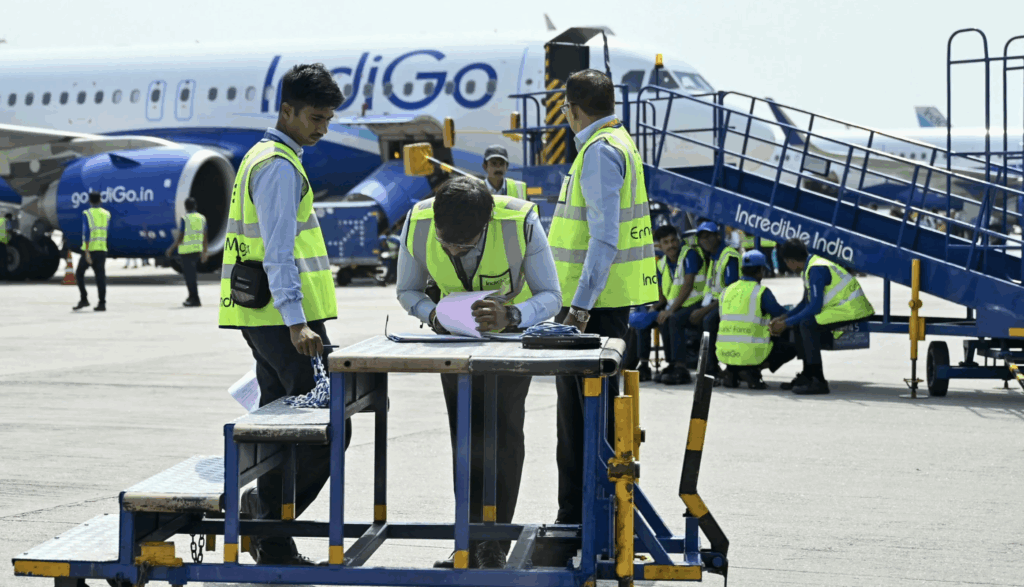The building of the 13.79-kilometer Shimla Ropeway, which will be the longest ropeway project in India and the second-longest in the world, is scheduled to start in March of next year, according to Himachal Pradesh Deputy Chief Minister Mukesh Agnihotri.

By carrying up to 6,000 passengers every hour, the Rs 1,734 crore project seeks to alleviate traffic congestion in Shimla, especially during the tourist season.
Country’s Biggest Ropeway To Be Constructed in Shimla
The Shimla Ropeway, which has three lines, 13 stations, and 660 trolleys, will offer a productive transit choice inside the capital city.
The project’s Detailed Project Report (DPR) was developed by a foreign consultant, and advance tendering has been approved by the New Development Bank (NDB).
Along with the ropeway, the state and federal governments are working together to finish the state’s two main railway lines: Bhanupali-Bilaspur-Beri and Chandigarh-Baddi.
After Diwali, the project’s tender procedure will start, and construction is scheduled to begin in March.
The project’s financial agency, the NDB, authorized advance procurement for preparatory operations, enabling the start of the tendering process.
There are about 25,000 ropeways worldwide, but India only has 20 at the moment. The longest ropeway in the world is 32 km long and is in Bolivia.
After conducting a fact-finding mission in June, the NDB granted authorization for Shimla’s ropeway project in July.
Despite its initial difficulties in attracting private investors, the project gained speed thanks to a number of crucial approvals.
The DPR, which was finished in August 2022, contains a concept note that was evaluated for viability by the NDB, guaranteeing that the project is prepared for execution.
Ropeway To Have 13 Boarding Stations And Three Lines
In addition to a turning station at Victory Tunnel, the line would have 13 boarding and de-boarding stations: Taradevi, Judicial Complex, Chakkar, Tutikandi, New ISBT, Railway Station, Old ISBT, Lift, Chhota Shimla, Navbahar, Sanjauli, IGMC, and Lakkar Bazaar.
The three lines of the ropeway—the Apple, Deodar Cedar, and Monal lines—are intended to ease traffic, cut down on pollution, and offer locals and tourists a practical way to get around.
An estimated 250 people will be directly employed by the project, and approximately 20,000 people will be indirectly employed.
Deputy Chief Minister Agnihotri emphasized that Rs 20 crore had been set aside for environmental clearances, and that the NDB’s finance approval had permitted them to proceed with the tendering process.
In order to make Himachal Pradesh competitive with other international travel destinations, Agnihotri noted that ropeway projects provide a sustainable future for the state’s tourism business.
Additionally, he stated that the Bijli Mahadev ropeway construction preparations are finished and indicated the anticipated November 5 opening of the Baglamukhi ropeway.
The construction of a Parwanoo-Shimla ropeway is also planned, which will increase the number of ropeways in the state.













